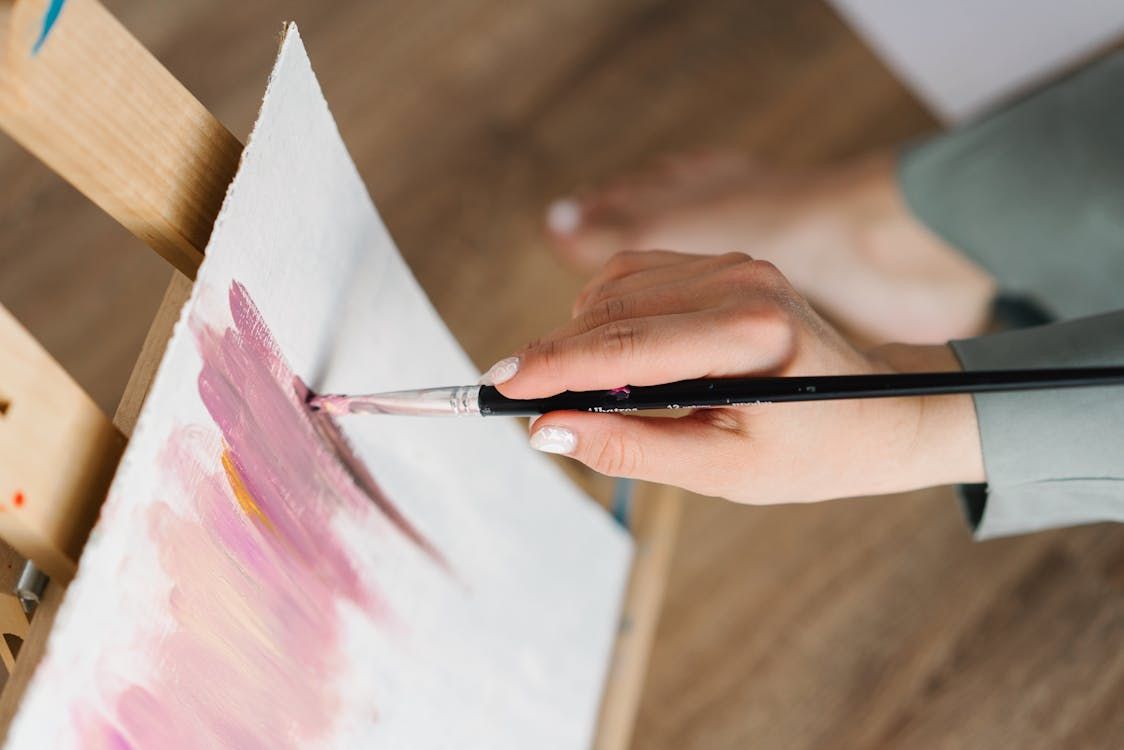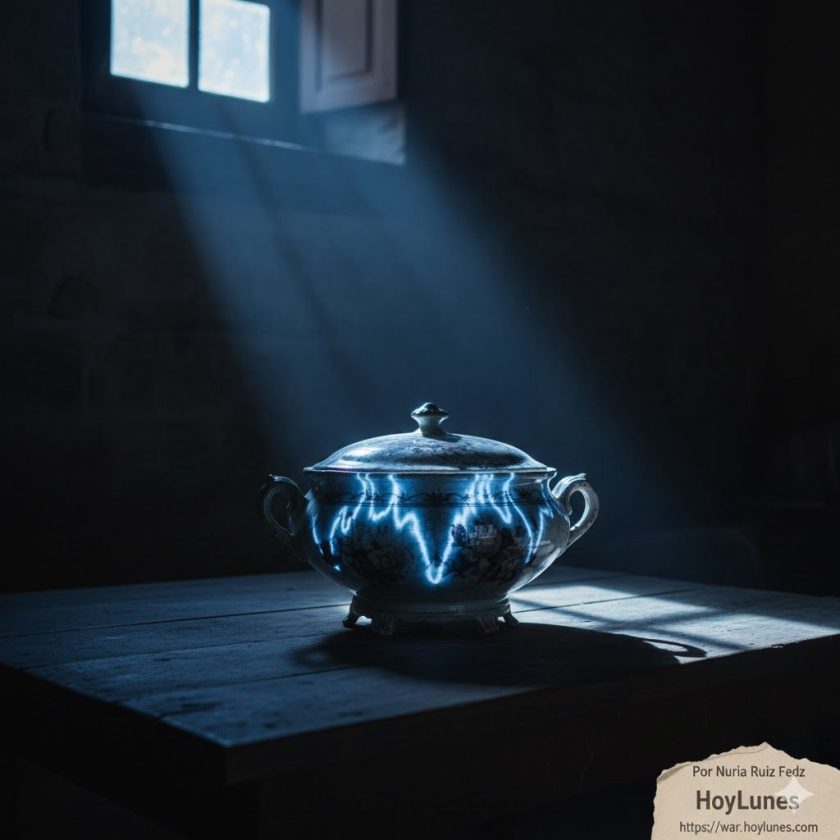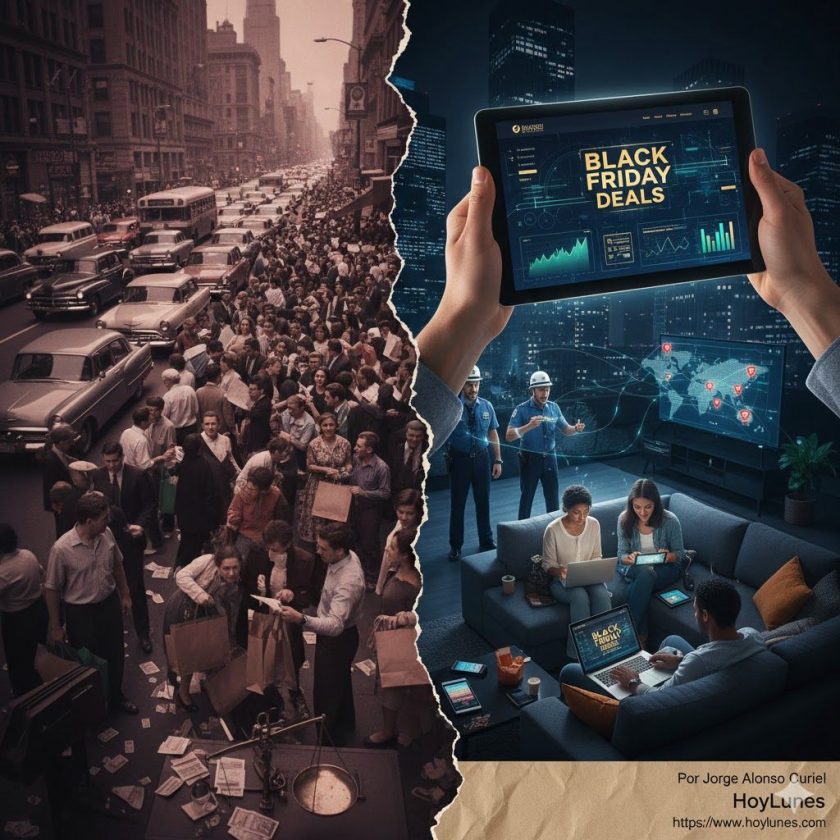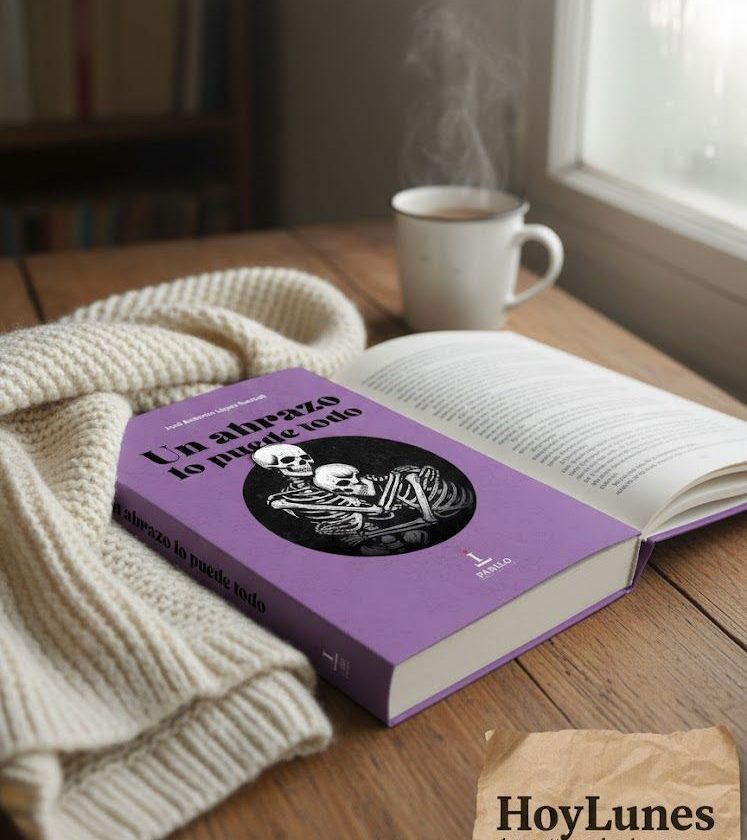When the wound becomes creation: art as a language of healing and resistance.
By Claudia Benítez
HoyLunes – Violence inhabits us like an ancient shadow, anchored in our memory; at times it creeps into our skin in the form of fear, other times it ignites in the blood as anger, and sometimes it settles in our chest as a silent pain. We often walk burdened by the impotence of these overwhelming emotions, unable to find a way out, turning into a knife against ourselves or others; frustration grows, and we find ourselves unarmed in the face of pain.
It is then that art appears as a breath of relief. A canvas, a notebook, a drum, a body in motion become safe channels to process and release what might otherwise turn harmful within our emerging individuality. In those moments when our experiences remain trapped in our gut, difficult to narrate, we are reborn in that secret current where the impossible finds its way out. There, expression frees our body; painting speaks in color what the voice keeps silent.

Writing unties the knots in the throat. Dancing restores to the body the memory of its freedom. Music gathers the scattered pieces of those carrying burdens too heavy to bear. In an orchestra, a young person learns that anger can transform into melody; in a dance workshop, an entire community discovers that their bodies not only remember blows, they also know how to fly.
Each stroke, each word, each movement is an act of life against the wound, sublimating our pain until it transforms into clear and productive emotions. The creative act opens a space to “say without saying”, to transform trauma into metaphor, making beauty out of pain.

Artistic expression not only helps regulate violence, it also denounces it. When communities organize painting or writing workshops, they provide support to countless people trying to reintegrate into the social jungle. Many collectives work with young people at risk of falling into violent dynamics, offering dance and music as expressive alternatives to daily violence. Projects such as the youth orchestras of “El Sistema” in Venezuela, or similar initiatives in Colombia and Mexico, channel energy into learning and collective creation.

Artistic catharsis, when multiplied, contributes to a more peaceful environment. It transforms into collective strength. Violence does not disappear; it finds another way to exist. Those who process their traumas through art not only free themselves from internal burdens, but also become less likely to reproduce the violence they suffered. Creating is also reclaiming one’s own territory. Violence robs us of the certainty of being safe; art restores it, and in that decision—small yet powerful—the fracture begins to heal. It is not about forgetting; the community that sings its wounds is not the same as the one that keeps silent. By giving what hurts a constructive channel, violence is softened, named, confronted, and transformed.
Welcome back from vacation.
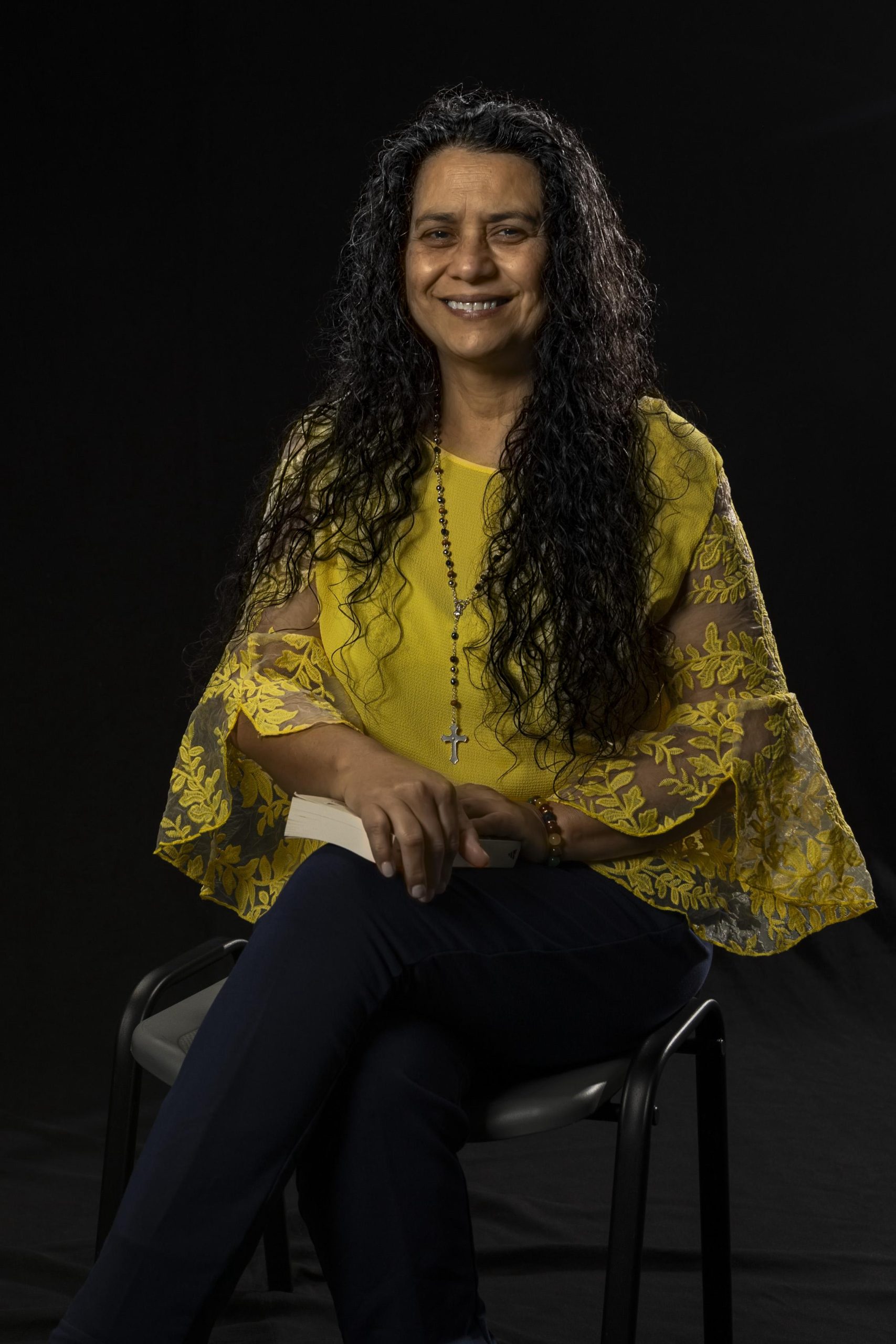
#hoylunes, #claudia_benitez,
